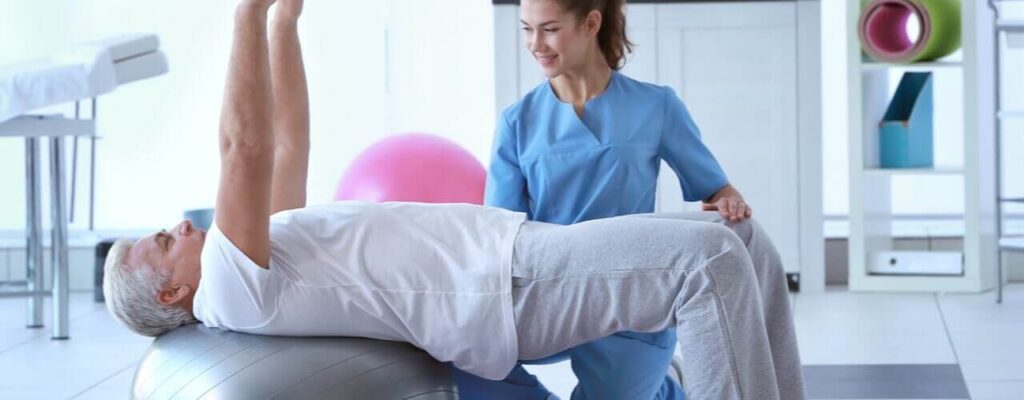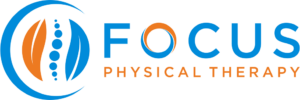Balance Yourself By Improving Your Core Strength With Physical Therapy Treatments

One of the most effective and powerful aspects of physical therapy is core strength training. The set of muscles that make up your core also work to anchor your center of gravity. This helps maintain your balance, both when you’re moving and when you’re standing still.
Through physical therapy treatments, you can strengthen your core while simultaneously improving any balance or stability issues you may be experiencing. For more information on how core strength training can help you balance yourself, contact Focus Physical Therapy today!
Core muscles and balance – how they’re related:
Before you can work on strengthening your core, it is important to understand where your core muscles are located. Many people will be under the impression that they are exercising their core muscles when they are actually exercising their upper abdominal muscles. These are an important part of core strength, but they aren’t the exact muscles you are looking for. Your exclusive core muscles are located in your pelvis, hips, and lower back, along with the transversus abdominis muscles that make up the “pelvic corset.” These core muscles serve as your body’s natural stabilizers, making constant adjustments in response to nerve cells called “proprioceptors,” which give you your sense of spatial awareness.
As your core becomes stronger, you will be able to steady your balance much easier. When muscles are weak, it is more difficult to balance yourself from your center of gravity. This increases your risk for falls, and it can affect your arm and upper body movements. Back pain, difficulty in standing up from a seated position, and incontinence may also indicate an unstable core.
Getting help with physical therapy treatments:
At our practice, we are equipped with the necessary skills, techniques, and tools for helping you rebuild your core strength. When you arrive for your initial evaluation, your physical therapist will examine your gait, stance, and core muscles. By doing so, he or she will be able to better determine exactly where the weakness is centered, and which muscles are in need of strengthening.
Once your evaluation is complete, your physical therapist will design an individualized treatment plan based on your individual needs. This may include any of the following:
- Gentle exercises. Depending on the severity of your balance impairment, it may be best to start off slow. Your physical therapist may suggest beginning with gentle and safe exercises, such as leg lifts or pelvic tilts. These types of exercises can help strengthen your back, pelvic, and abdominal core muscles.
- Tai chi. Tai chi is a slow-motion form of Chinese martial art. The poses and transitions done within this type of treatment can help your body develop the core muscles it needs in order to retain the necessary stability from one move to the next.
- Abdominal exercises. These may include situps, pushups, and crunches. Abdominal exercises help strengthen the abdominal muscles that work with your core.
- Stability boards. Various types of physical therapy balance boards have a flat surface and a curved underside. Standing on these devices and working to maintain your stability can greatly improve your core balance.
Are your balance issues limiting your daily life? If so, contact Focus Physical Therapy today to schedule your consultation and get started on the path toward a better balance. We’ll help you get back on your feet as soon as possible!
